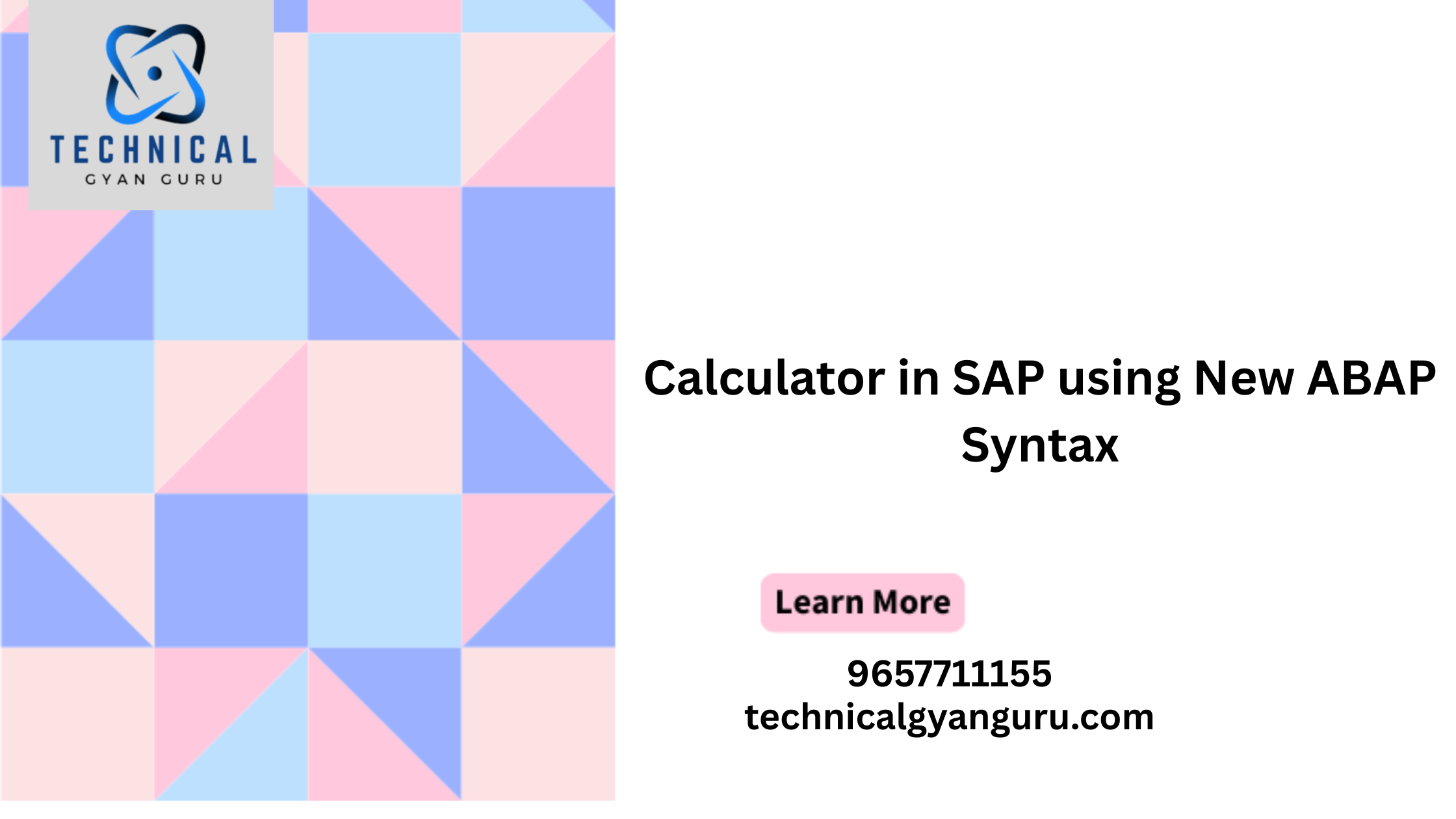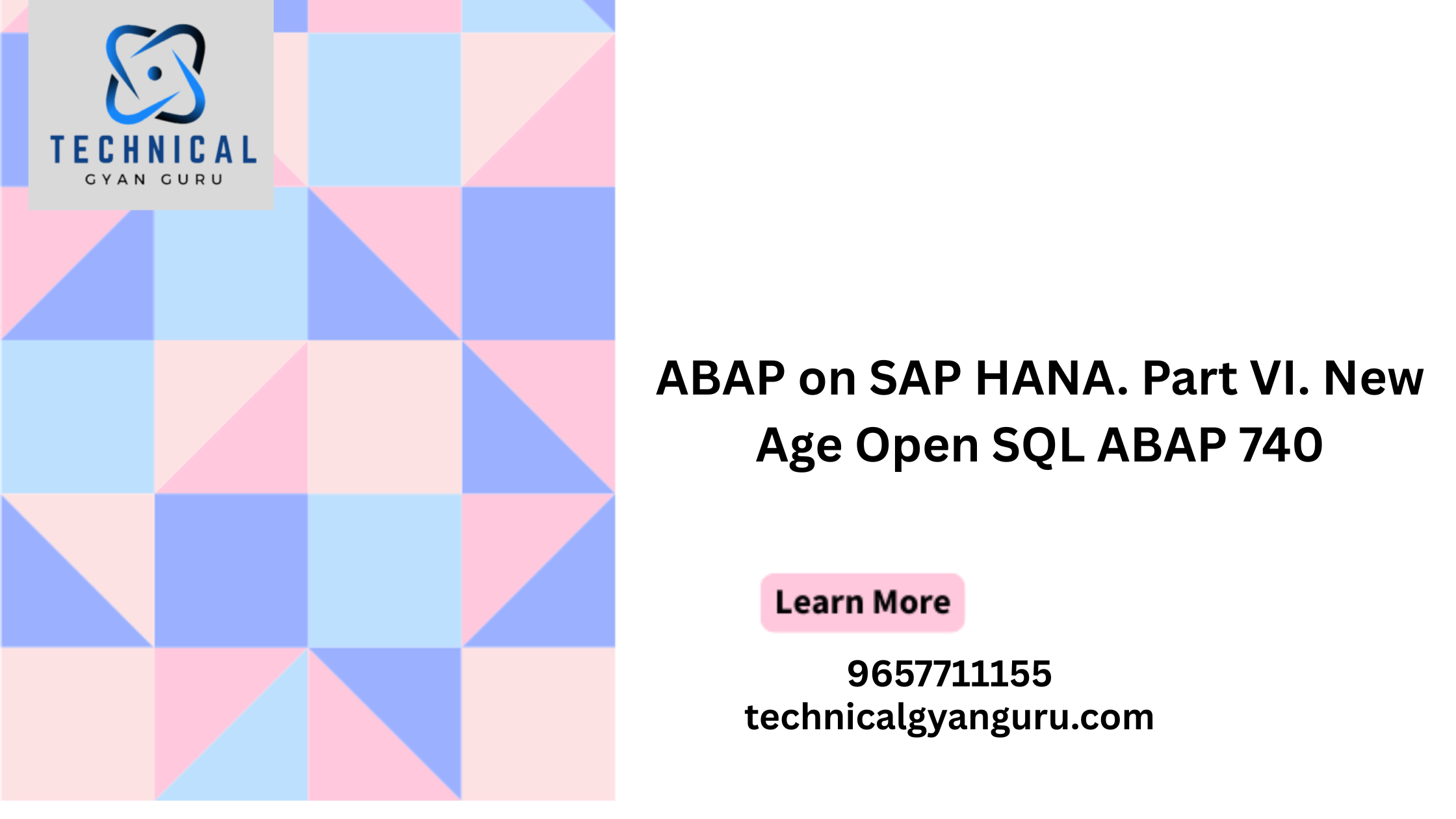Introduction: In the realm of modern web development, data is the lifeblood of applications. SAPUI5, a leading-edge framework, excels in handling data through its robust data binding mechanisms and models. In this blog post, we’ll dive into the world of data binding and models in SAPUI5, understanding how they enable dynamic updates, streamline development, and create a seamless connection between the user interface and underlying data.
The Art of Data Binding
At its core, data binding is the glue that connects data from a source (often a model) to the UI elements in an application. This two-way synchronization ensures that changes in the data are instantly reflected in the user interface, and vice versa.
Types of Data Binding
- One-Way Data Binding: Understand the concept of binding data from the model to the UI, allowing the UI to display information without altering the model.
- Two-Way Data Binding: Delve into the power of two-way data binding, where changes in the UI automatically update the model, and vice versa.
Models: The Backbone of Data
Models in SAPUI5 serve as the bridge between the application’s data and its UI components. They manage data retrieval, manipulation, and provide a consistent way to interact with data sources.
Built-in Models
- JSON Model: Learn about the JSON model and how it represents data in a JavaScript Object Notation format.
- XML Model: Explore the XML model, used to load data in XML format and bind it to the UI.
- OData Model: Understand the OData model, which connects SAPUI5 applications to remote OData services.
Creating and Binding Models
- Creating Models: Step-by-step guide to creating and initializing different types of models in SAPUI5.
- Binding Data: Learn how to bind data from models to UI elements, making them display real-time information.
Mastering Data Binding Scenarios
- Binding Lists and Tables: Explore how data binding simplifies the creation of dynamic lists and tables in SAPUI5 applications.
- Form Binding: Understand how to bind form controls to data models for efficient data entry and updates.
Data Formatting and Conversion
- Data Formatting: Discover how data formatting ensures that the data displayed in the UI adheres to specific formats.
- Data Type Conversion: Learn about data type conversion, where data is converted between different types when transferred between the UI and the model.
Enhancing User Experiences with Data Binding
- Real-Time Updates: Understand how data binding ensures that UI elements instantly reflect changes in the data model.
- Interactive User Interfaces: Explore the creation of dynamic and interactive interfaces by binding UI elements to changing data.
Conclusion
Data binding and models form the backbone of SAPUI5 applications, enabling developers to create dynamic and responsive user interfaces that seamlessly interact with data sources. By mastering these concepts, developers can streamline development, create more intuitive applications, and ensure data consistency across the user interface. As we venture deeper into the world of SAPUI5, we’ll continue to uncover its various features and capabilities, empowering you to wield this framework to its fullest potential. Stay tuned for the next installment in our series as we explore the art of responsive design with SAPUI5.







